Farwell Developed Due To Streetcar
And was named after the man who claimed he saved Vice-president Andrew Johnson.
Leonard James Farwell, who was born in Watertown, New York, came to Milwaukee in 1840 as a 21-year-old tinsmith. He left for Madison in 1847 as a wealthy wholesale hardware businessman. In 1851 he was elected Wisconsin’s second governor, and its youngest governor ever, at age thirty-two. Farwell’s term was from 1852 to 1854.
The financial panic of 1857 hit Farwell hard and he lost most of his riches. That same year he ran a race for Madison alderman, but lost that too. In 1863, Farwell went to Washington, D.C., where he worked in the Patent Office.
Farwell was at Ford Theater the night that President Abraham Lincoln was assassinated by John Wilkes Booth. Farwell rushed out of the theater and ran to the Kirkwood House where Vice-President Andrew Johnson was staying. Farwell alerted the staff and rushed to tell the vice-president of the shooting after locking them both safely in Johnson’s room. Soon, the hotel was secured, Johnson was safe and would be sworn in as president.
Farwell left Washington, D.C. for Chicago in 1867 where he was a patent consultant, but life did not go well there. First his wife, Frances, died, and then the Great Chicago Fire of 1871 wiped out his business. He left the Windy City for Grant City, Missouri, where he passed away in 1889.
David Hull, a Milwaukee real estate developer, named Farwell Avenue in 1854, although it wasn’t until 1867 that the street was surveyed and graded. The hope was that Farwell Avenue would become a residential street like its counterpart to the east, Prospect Avenue. But the decision in the early 1870’s to place the streetcar line on Farwell Avenue quickly put an end to those hopes.
Houses were built along the street, but businesses also opened to serve the many residents who traveled on, or lived near, the transportation corridor. Grocery stores, saloons, tailors, barbers, butchers, pharmacies and a variety of other services were available on Farwell between E. Ogden and E. Bradford Streets. The only primarily residential section of Farwell Avenue was from E. Bradford Street to E. Kenwood Boulevard.
For recreation on Farwell Avenue, there was an athletic field for baseball and tennis courts at the Milwaukee Tennis Club. In 1885, a roller rink was built at E. Curtis Place and N. Farwell Avenue. It served as a venue for sports like roller skating, ice skating, curling, and even indoor baseball. It was also a location for concerts, lectures and parties.
In 1891, the unpredictable horses and mules that pulled the streetcars were replaced by electric streetcars, but even they were not always reliable. Shortly after the conversion to electric, a streetcar rammed a horse-drawn milk wagon, throwing its driver from his vehicle and breaking the horse’s leg. The horse had to be shot. One snowy night, with no horses to hold it back, a north-bound streetcar slid downhill on its rails leading to the Chicago and Northwestern railroad tracks. The streetcar crashed into a passing train, knocking a freight car off the rails. (At the site now is the popular bike path that runs beneath the bridge near E. Woodstock Place).
The new electric vehicles shook the telephone poles, disrupting telephone service. When no electricity was generated because the streetcar company’s boiler malfunctioned, no streetcars moved. And they did not move when their trolleys slipped from the overhead wires.
But after most of the bugs were worked out of the electric streetcar system, commuters were happy. They liked the faster, smoother ride and the new electric heaters were very popular in the colder months.
Today, the street is still a mixture of residential and business. It is also an ethnic food lover’s paradise, with restaurants serving East African, Ethiopian, Pakistani, Indian, Thai, Laotian, Chinese, Vietnamese, and Italian cuisine.
Carl Baehr, a Milwaukee native, is the author of Milwaukee Streets: the Stories Behind their Names, and articles on local history topics. He has done extensive research on the sinking of the steamship Lady Elgin, the Newhall House Fire, and the Third Ward Fire for his upcoming book, “Dreams and Disasters: A History of the Irish in Milwaukee.” Baehr, a professional genealogist and historical researcher, gives talks on these subjects and on researching Catholic sacramental records. He earned an MLIS from the UW-Milwaukee School of Information Studies.
Sites Along Farwell Avenue
City Streets
-
The Curious History of Cathedral Square
 Sep 7th, 2021 by Carl Baehr
Sep 7th, 2021 by Carl Baehr
-
Gordon Place is Rich with Milwaukee History
 May 25th, 2021 by Carl Baehr
May 25th, 2021 by Carl Baehr
-
11 Short Streets With Curious Names
 Nov 17th, 2020 by Carl Baehr
Nov 17th, 2020 by Carl Baehr



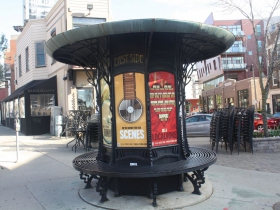
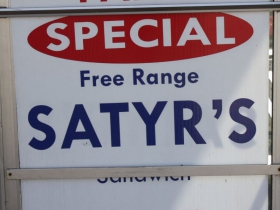
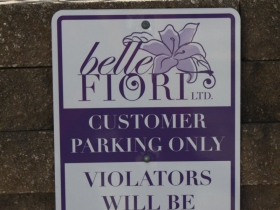
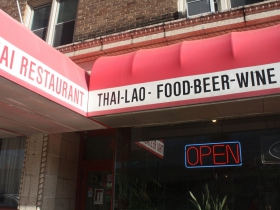
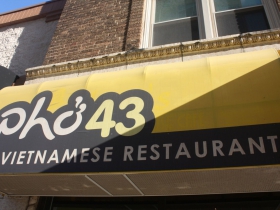
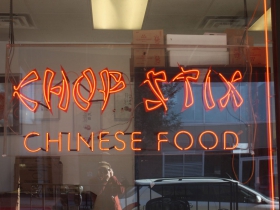




















The Blue Star Cafe Rocks!